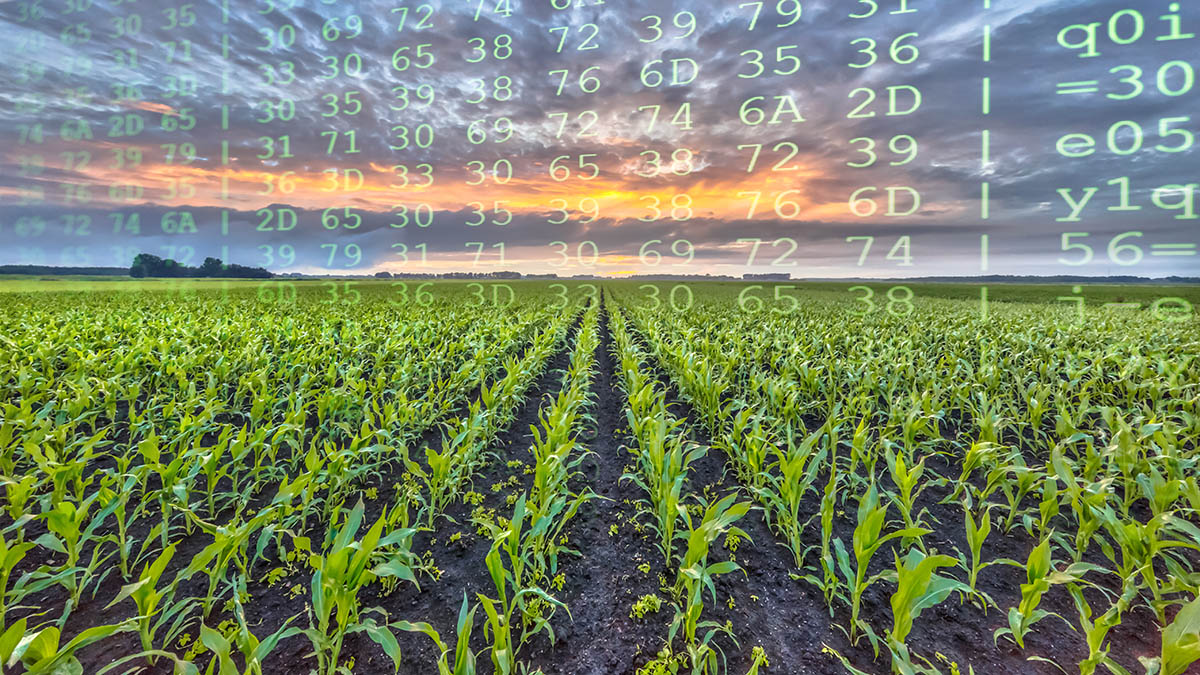
by Nate Watson | Jul 7, 2020 | Featured Posts, Uncategorized
Since human beings began growing crops in a field to establish communities, the mantra has always been “grow more”. Growing more means more food, more stability, and (of course) more money. That money means better equipment, more land, and a means to...


